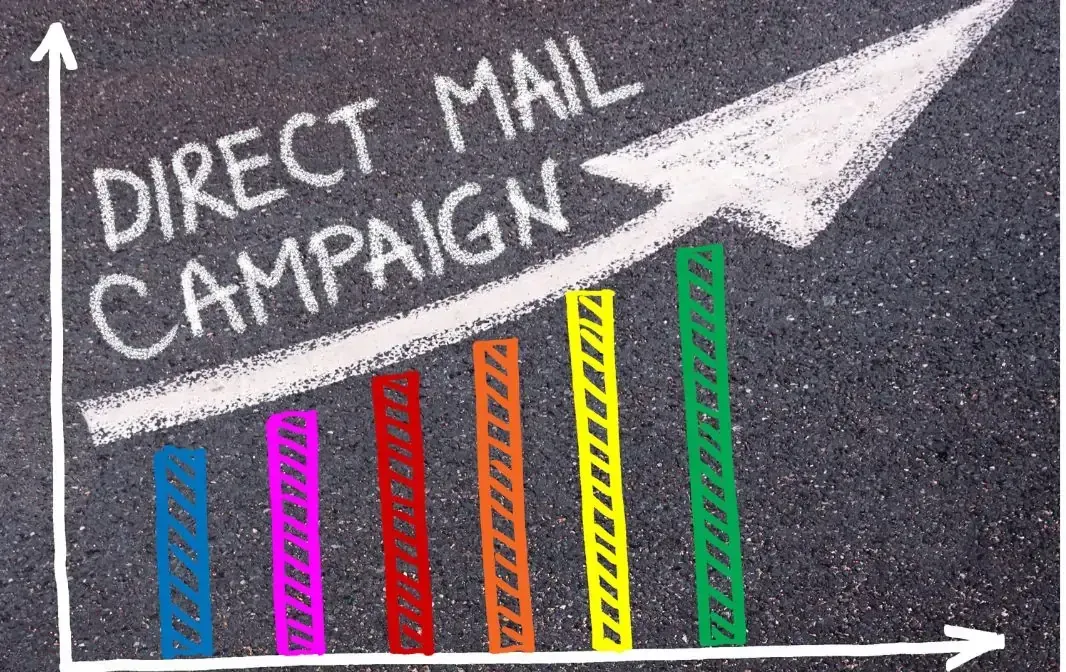Best Practices for Dental Website Development | Tips for Creating High-Converting Dental Websites

Creating an effective dental website is crucial for attracting and converting visitors into loyal patients. In this guide, we will explore the essential elements and best practices for dental website development to ensure your site is user-friendly, responsive, and high-converting.
1. Introduction
In today's digital age, having a robust online presence is vital for dental practices. Your website is often the first point of contact potential patients have with your practice. Therefore, it must be designed to not only provide information but also to engage and convert visitors into patients. This guide aims to provide dental practitioners, office owners, and marketing managers with actionable insights on developing a top-tier dental website.
2. Responsive Design
What is Responsive Design?
Responsive design ensures that your website adapts seamlessly to different screen sizes and devices, providing an optimal viewing experience whether a visitor is using a desktop, tablet, or smartphone.
Importance of Responsive Design for Dental Websites
- Improved User Experience: A responsive website enhances user experience by offering easy navigation and readability on all devices. This is crucial as a significant portion of web traffic comes from mobile users.
- SEO Benefits: Search engines, especially Google, favor responsive websites, which can improve yoursearch rankings and visibility.
- Increased Conversion Rates: A mobile-friendly website can lead to higher engagement and conversion rates, as visitors are more likely to stay on your site and book an appointment if they have a positive experience.
3. Essential Website Features
To create a website that stands out and serves your patients effectively, consider incorporating the following essential features:
User-Friendly Navigation
- Clear Menu Structure: Ensure your menu is simple and intuitive, making it easy for visitors to find the information they need.
- Search Functionality: A search bar can help users quickly locate specific content on your site.
Compelling Content
- Informative Pages: Include detailed pages about your services, dentist profiles, and patient resources.
- Engaging Blog: Regularly update your blog with relevant and educational content to keep your audience informed and engaged. For more on engaging content strategies, visit our blog section.
Visual Appeal
- High-Quality Images: Use professional images of your office, staff, and services to create a trustworthy and welcoming atmosphere.
- Consistent Branding: Ensure your website's design aligns with your brand identity, including colors, fonts, and logos.
Contact Information
- Easy-to-Find Contact Details: Display your phone number, email, and address prominently on the homepage and contact page.
- Online Appointment Booking: Offer an online booking system to simplify the appointment scheduling process for patients.
4. High-Converting Elements
Call-to-Action (CTA) Buttons
Effective call-to-action (CTA) buttons are critical for converting visitors. Place CTAs strategically throughout your website to guide users towards booking appointments, subscribing to newsletters, or contacting your office.
Patient Testimonials and Reviews
- Showcase Positive Reviews: Displaying testimonials and reviews from satisfied patients can build trust and credibility.
- Video Testimonials: Incorporate video testimonials for a more personal and convincing touch.
Trust Signals
- Accreditations and Certifications: Highlight your practice’s certifications and professional affiliations to instill confidence in your expertise.
- Before-and-After Photos: Display before-and-after photos of dental procedures to demonstrate your skills and results.
Fast Loading Speed
- Optimize Images and Content: Ensure your website loads quickly by optimizing images and minimizing large files.
- Reliable Hosting: Choose a reliable hosting service to ensure your site performs well and experiences minimal downtime.
Developing a high-quality dental website involves a combination of responsive design, essential features, and high-converting elements. By following these best practices, dental practitioners can create a user-friendly, engaging, and effective online presence that attracts and retains patients.
- Responsive Design: Ensures accessibility and better user experience across all devices.
- Essential Features: User-friendly navigation, compelling content, visual appeal, and easy access to contact information are crucial.
- High-Converting Elements: Strategic CTAs, patient testimonials, trust signals, and fast loading speeds enhance conversion rates.
By implementing these strategies, your dental website can become a powerful tool in growing your practice and serving your patients better. For a comprehensive guide on dental website development, explore our
services.






















